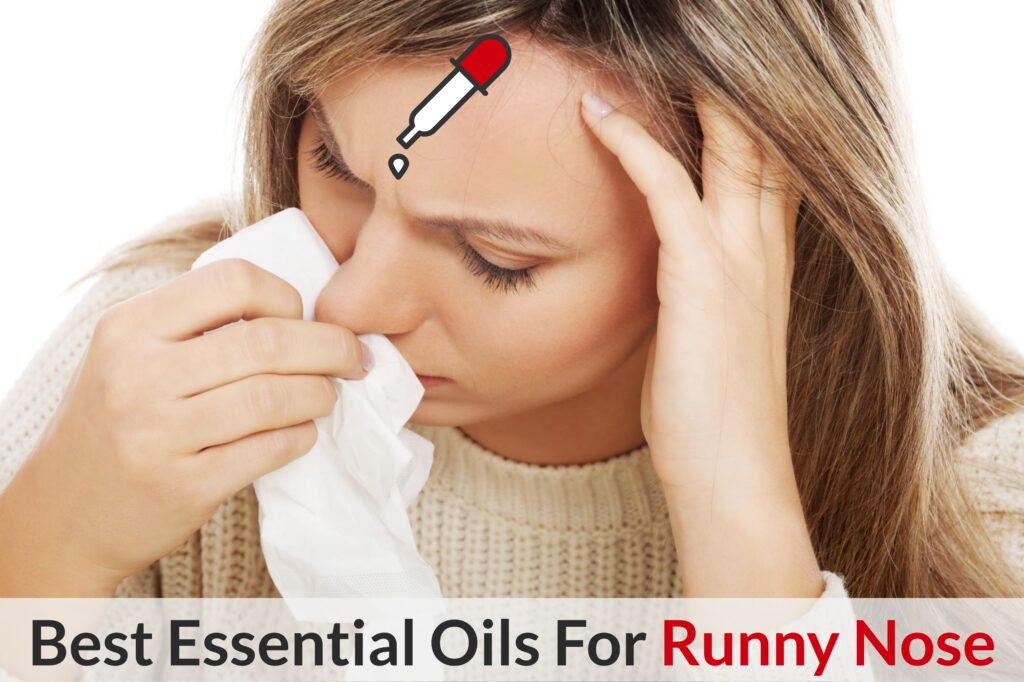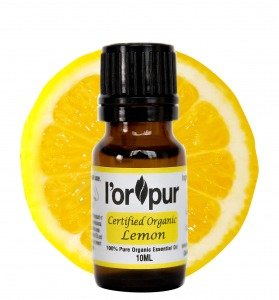Hola my lovely Olive Nation, glad you managed to sniff out my latest segment. Today, we’ll be talking about a condition that literally every single person on the planet has experienced. I might be mistaken, but most of us barely think about our noses unless it’s in these two scenarios. When you’re either thinking about plastic surgery, or when Big Shaq drops the line, “nose long like garden hose” in his hit song – Man’s Not Hot. C’mon, you know you can’t help singing along.
But in all seriousness, I can confidently say that the only time most of us miss our noses is when we can’t use them. (And you can quote Olivia on this) ‘It’s only when your nose is stuffed more than Thanksgiving turkey do you appreciate breathing out of two small holes instead of one big one.’ Why? Because it’s takes a whole lot more effect to breathe through the mouth than your naturally open nostrils.
That said, it’s no fun being unable to breathe properly. But as if that wasn’t enough, you’ve got to worry about dripping mucus all over the place like a 3 year old. And all this while you’re feeling dull, miserable and fatigued. That’s when you realize that there’s more to running noses than just the water works. We’re here to find out what this condition is, the symptoms to watch out for, some of the most common causes as well as some interesting ways to prevent and treat it. Welcome to Olivia’s guide to what the medical professionals aptly refer to as ‘Diarrhea of the Nose’.
Runny Nose Anyone?
Also referred to as Rhinorrhea (I swear it’s not a joke, who knew doctors had a sense of humor), this is a condition in which the nasal cavity is packed with a substantial amount of mucus fluid. This excess drainage is produced by the nasal tissues as well as other blood vessels in the nose.
Forgive me, but it’s about to get graphic. See, the drainage could be watery and clear such that it just flows out, or it could be a thick and viscous yellow-green secretion, like slow slugs in their shells. And the running is not just limited to the nose, nope. The mucus tends to drain down the back of your throat leaving your with one of two options – each subsequently more disgusting than the other.
One, you could loudly clear your throat and either spit out a nasty loogey, or discreetly clear your throat and swallow it. Again, pardon the vivid description; I’ve had a lot of experience with this last winter. And you do want to get better don’t you? So suck it up, well figuratively, not literally. Personally, I prefer to skillfully spit a neat one about 10 feet away from me – don’t judge.
Being a symptom of allergies, flu, pretty much any respiratory issue and even standard crying, runny noses tend to occur quite frequently. The worst part is that once your nose starts running, you can be damn sure that it’ll turn stuffy, obstructed, and congested. Hold on; let me give you a list of the symptoms to watch out for before I get ahead of myself.
Signs And Symptoms Of Rhinorrhea
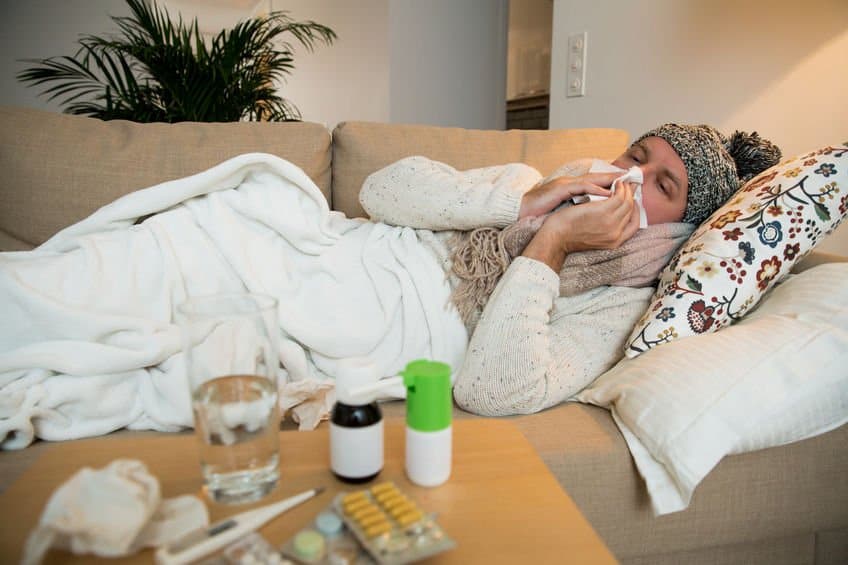
Typically, this condition is associated with excess mucus production by the nasal lining. Since its being made faster than it can be processed, the nasal cavity gets clogged resulting in some pressure and minor facial pain. As is tradition, here’s a quick list of the symptoms to keep an eye out for.
- Excess production/ drainage of mucus
- Inflamed nasal passages
- Blocked airways
- No sense of smell and taste
- Frequent throat clearing
- Sore throat
- Sneezing
- Coughs
- Shortness of breath
- Headaches
- Fever
- Facial pain
- Malaise
- General feeling of stuffiness and fatigue
- Dizziness
- Body aches
What Causes A Runny Nose?
The causes of rhinorrhea are incredibly copious and could range from something as simple as a mild annoyance or something more complex such as an underlying disease. In truth, you could get a runny nose from even subtle irritants that inflame the nasal cavity. That’s why this condition is rarely any cause for alarm. So, what are the main causes of a runny nose?
Cold Temperatures
If you’ve been paying attention, you’ll notice that rhinorrhea is especially common during the winter season. However, this is just the body’s natural reaction to cold weather stimuli. See, the nasal cavity is tasked with the job of warming your air, and it does this using the mucus lining. In cold seasons, the mucus lining dries out causing it work harder to produce more mucus resulting in a runny nose.
Allergies
In today’s highly toxic world, there’s no shortage of allergens and irritants. From soy, pollen, latex, seafood or pet dander, people with allergies could end up suffering most when they inhale these substances. If you have a sensitized immune system, then allergens will cause the release of inflammatory mediators like histamine which among other things causes swelling and inflammation of the nasal cavity.
Infection
As mentioned above, a runny nose can be symptom of an underlying disease or infection. These include influenza, the common cold, sinusitis, respiratory syncytial virus, and many more. The mucus lining produces excess mucus in an attempt to prevent any infection from spreading to the lungs where it could do irreversible damage.
Irritants
This has to be hands down the most common and temporary cause of rhinorrhea on the planet. There are plenty of day to day substances that are uniquely and particularly irritating to the nasal lining. This included pepper that irritates the mucosa intensely by creating a rapid osmotic change. Similarly, strong perfumes, fresh paint, and tobacco smoke could also cause a runny nose.
Treating Rhinorrhea
Looking at most of the common causes of a runny nose, it’s clear that treatment is not necessary. Heck, most of us probably ignore the symptoms until they blow over (pun totally intended). All you ever really need is a couple of handkerchiefs to help clear your nose. However, pharmaceutical companies just won’t let us rest. Man, it’s like you get a little sneeze and about 10 pharma giants are at your doorstep ready to shove 100 different drugs down your throat.
Sure, there are instances where getting extra help is merited; but whether you’re using essential oils or pharmaceuticals, I believe there’s a certain protocol to follow. All treatment should start with the underlying condition if any, then infections, before finally going to the discomfort. In most cases, blowing your nose can be a quick fix solution. However, it’s likely to lead to even more mucosa production and buildup. Here’s a catalogue of all the medical treatments currently available.
A: Medical Treatments
Antihistamines
For those whose runny nose has been caused by allergies, then all the blowing in the world won’t help much unless you do something about it. Of course, avoiding the allergens and triggers in the first is desirable. But if you’ve already developed and allergic reaction, then administering antihistamines can help clear things out and treat rhinorrhea as a symptom.
Nasal Irrigation
If you’re looking to either prevent or treat a runny nose, then doctors recommend performing nasal irrigation. This technique involves rinsing the nasal cavity using salty or saline solutions. Some professions such as singing, public speaking and others require clear nasal passages; and nasal irrigation is a good way to go about it.
Saline Nasal Sprays
These are hands down the most common over the counter meds for rhinorrhea. Being cheap and easy to get, most people have these sprays handy at home in case of colds and congestion. Unfortunately, these sprays tend to become counterproductive after only a few days of use causing a condition known as rhinitis medicamentosa.
B: Essential Oils
Also known as ethereal oils, essential oils have been helping many civilizations for centuries now. These magical oils provide a concentrated and property packed essence of the original plant’s flavor, fragrance, as well as medicinal properties. It truth, OTC congestion pharmaceuticals just aren’t for everyone. Apart from being absolutely unnecessary, some of these meds can have adverse and damaging side effects that include headaches, more blockage, and in the case of nasal sprays – ineffective.
Essential oils are full of medicinal properties that not only help fight off inflammation of the nasal lining, but also give your immune system a much-needed boost to heal itself naturally. Likewise, the right essential oils will help the body fight against infections, allergies, parasites, microorganisms and other harmful irritants that could be causing your runny nose. At the same time, these oils improve circulation for better oxygenation of tissues in the nasal cavity and throat to relieve rhinorrhea. In my study of the best essential oils for the job, I always find hundreds if not thousands of these magical oils. But for convenience’s sake, I’ll just touch a bit on the most effective oils for the task at hand.
6 Best Essential Oils For A Runny Nose
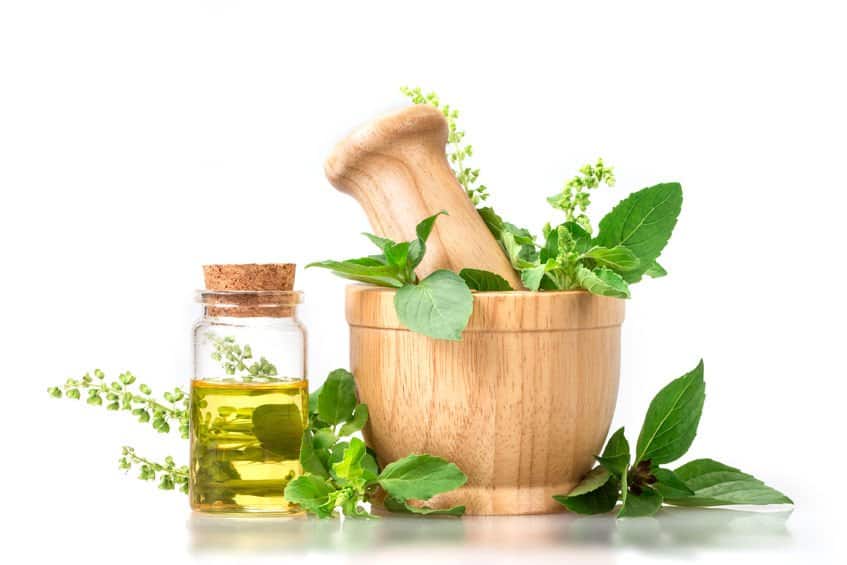
1. Eucalyptus
When it comes to clearing your nasal passages and opening up your lungs wider, nothing beats the potent properties of good old eucalyptus. Studies show that the oil contains a secret ingredient called citronella which is packed with anti-inflammatory, antimicrobial, and analgesic properties. Similarly, Eucalyptus essential oil is also a strong expectorant that rids your body of any harmful microorganisms while clearing mucosa buildup. However, it’s the exceptionally strong cooling sensation and potent scent that allows this particular oil to unclog even the most stuffed passages and airways.
2. Peppermint
Ever wonder why inhaling bit of the mint can often unclog blocked noses immediately? That’s because peppermint is precisely what the doctor ordered for respiratory related conditions. Brimming with antiseptic, anti-inflammatory, antispasmodic, sedative, antibacterial and cooling properties, this oil packs quite the punch when it comes to rhinorrhea. Peppermint essential oils has the power to discharge mucus and phlegm, calm irritated and inflamed airways and allow for natural, effortless breathing. In addition to relieving rhinorrhea, peppermint will help with allergies, coughs, colds, sniffling, sneezing, sinusitis and other cause of runny nose.
3. Blue Tansy
When it comes to runny noses caused by allergic reactions, Blue Tansy is king of the ring. The name comes from its bluish, indigo color that resembles chamomile. Blue Tansy essential oils is packed with antiseptic and antiviral properties that allow it to kill airborne pathogens easily. At the same time, its anti-inflammatory and anti-allergenic properties will help soothe rhinorrhea, watery eyes, sneezing and wheezing. And lastly, the oil helps stimulate the rupture and elimination of excessive mucosa buildup.
4. Lemon
There’s a reason why lemons are hands down the number one home remedy for colds, coughs, and pretty much all things respiratory. When it comes to stuffed and runny noses caused by bacteria and infection, then this is what you need.
Jam packed with potent antiseptic, antifungal, antibacterial, antimicrobial, anti-inflammatory, and detoxing properties, it’s only natural and expected that most citrus fruits give a much needed health boost to the respiratory system. Research shows that lemon essential oil not only detoxifies and inhibits the growth of harmful organisms, it also supports the lymphatic system in overcoming a multitude of respiratory issues.
5. Niaouli
Here’s a very close relative of eucalyptus and possibly the best oil for rhinorrhea aromatherapy. Rich in a compound known as cineole, Niaouli essential oil has the power to improve circulation to tissues and brain for a quicker, oxygenated recovery. Similarly, this essential oil stimulates the immune system and plays its part in eliminating excessive mucus production. So if you’re cooking up a steam bath, make sure Niaouli is present and accounted for.
6. Camphor
Extracted from the Cinnamomum tree, Camphor has been in use for a while now in terms of treating some of the underlying problems associated with rhinorrhea. In particular, Camphor is ideal to use if your runny nose has been caused by sinusitis. Used well, camphor essential oil can also help protect the nose from blockages, stuffing, running, and even cure the head of headaches. If you’re planning on travelling during the winter or just want to make it out of the cold season without getting sick, make sure you bring Camphor oil with you.
Top 5 Essential Oil Recipes For Runny Nose / Rhinorrhea
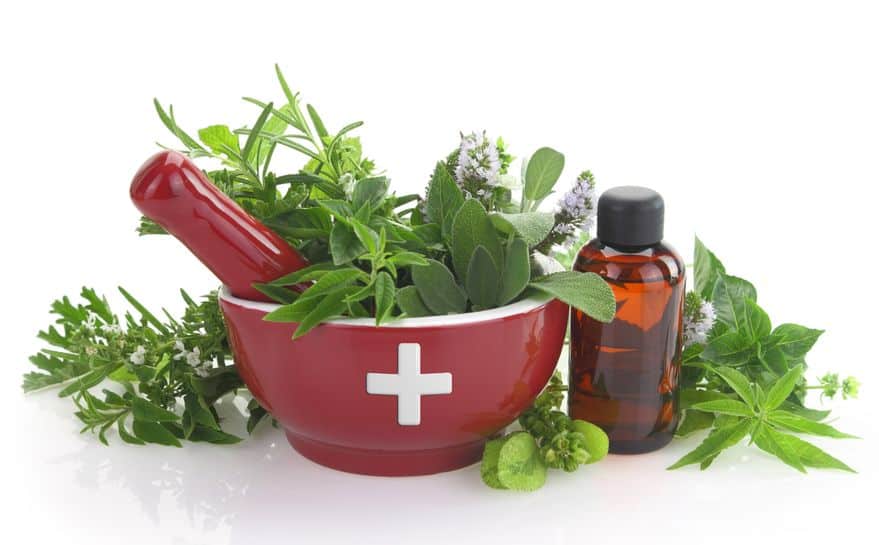
Recipe 1: Rhinorrhea Ghost Inhaler
Ingredients:
- 2 drops Eucalyptus
- 2 drops Camphor
- 1 drop Peppermint
- Cotton Ball
- Tiny glass bottle
Method:
Here’s one of the easiest yet most effective methods to get those oils inside your body. And lucky for you, it’s also the most convenient. Check this out; thing with a runny nose is that it doesn’t care if it’s a work day or not. I don’t know about you, but a little mucus doesn’t exactly qualify as a sick day in my office. And the last thing you want to do is show up to work sniffling like a toddler. So, what do you do when you want to keep both your job and your dignity too?
Simple; cook up this ghost recipe to take with you. Start by pinching a fair sized cotton ball and soaking it with the above essential oils respectively. If you’re patient enough, you can stuff the ball in the bottle while it’s dry before soaking it. Next, close the bottle tightly and let all the vapors collect and collide in the bottle. Just pop it in your pocket or purse and inhale it a few times a day whenever things get runny or stuffy. Now you know why it’s called the Ghost – Inhaler. Just don’t be too discreet about it or people will think you’re sniffing something else!
Recipe 2: Essential Massage Blend for Runny Nose

Ingredients:
- 5 drops Niaouli
- 4 drops Camphor
- 3 drops Thyme or Eucalyptus
- 2 drops Lemon
- Ounce of Jojoba carrier oil
Method:
Stuffed airways and nasal passages that are all blocked up will interfere with your breathing during the day, and cause sleeping problems at night. It’s safe to say rhinorrhea can be a 24 hour menace to literally everything you want to do. To help clear excessive mucosa buildup in the sinuses and nasal lining, a massage could really come in handy.
You’ll want to mix all the essential oils as directed above in a non-reactive bowl. Once mixed, use the blend as massage aid and work your temples, chest, throat, behind your neck, around the nose, then finally cusp your hands over nose and breathe deeply. I chose Niaouli because it has the power to improve circulation to tissues and brain for a quicker, oxygenated recovery. Similarly, this essential oil stimulates the immune system and plays its part in eliminating excessive mucus production. Camphor plays its part here by soothing the aches around the chest, throat and head area.
Recipe 3: 35 Drop Rhinorrhea Hot Bath

Ingredients:
- 8 drops Blue Tansy essential oil
- 5 drops Lavender
- 12 drops Niaouli
- 10 drops Lemon
- Half cup Epsom salts
Method:
After a brutal day on the job, I always look forward to my end of day soak. Sick or not; nothing helps wash away stress and worry like a nice, deep, soothing bath. And the great thing about using a tub is that you dilute the oils completely and avoid any risk of irritating sensitive skin. So, how do you cook up this hot bath from heaven?
Draw your bath as usual and let it get as hot as comfortably possible. Drop in all the 35 drops of life saving essential oils as indicated and don’t forget your cuppa Epsom salts. Personally, I think these bath salts are highly underestimated. It’s like we don’t know our skins have the power to absorb. Anyway, swirl your arm in the water for a consistent mix and soak in for as long as you want. In about 10 minutes, your body should begin feeling the anti-inflammation, decongestion, and detoxification properties of this steaming soak.
Recipe 4: Mild Formula for Baby’s Runny Nose
Ingredients:
- Drop of Peppermint
- Drop of Sweet Orange
- 1 tbsp extra virgin olive oil
Method:
The use of essential oils for babies, toddlers and kids is frowned upon. And understandably so; they can be very dangerous in the wrong hands. But at the same time, the last thing you want is to have your kids taking pharmaceuticals in the name of cold medicines and cough syrups. But not to worry, Olivia’s going to teach you how to use essential oils on babies safely.
First off, drop the essential oils on your palms and rub to mix all the ingredients. For babies with chronic rhinorrhea, rub a bit on the chest, temples, back and finish off under the feet. But if it’s just a mild sniffle, then weekly under-foot application should be more than enough for treatment and further prevention.
Recipe 5: Homemade VapoRub for Rhinorrhea Relief
Ingredients:
- 15 drops Peppermint
- 10 drops Blue Tansy
- 8 drops Eucalyptus
- 5 drops Camphor
- Quarter cup grated beeswax
- Half cup fractionated coconut oil
Method:
Like I said earlier, you can always be sure that shortness of breath will be a 24/7 issue when you’re dealing with a runny nose. As such, a clogged or stuffed up breathing system is to be expected. To make sure that your airways are wide open and fully functional, this homemade vaporub is literally a life saver. For this one, grab a big mason jar and pour in the beeswax so we can get it melting. All you need is some hot water to sit the jar in.
Stir to mix the beeswax while adding the essential oils in as indicated above. Next, you’ll want to pour the blend into small moulds for cooling if you have some. If not, one large bowl will do. Congratulations, now you have a very effective, all-natural vapor rub that will not only eliminate mucus buildup in the nasal cavity to improve your breathing, but also soothe the chest and throat of inflammation. Use this blend as standard vaporub and dab it on your temples, behind the skull and under the nose for unremitting inhalation. You could also try the L’orpur Vapor Rub if you don’t have the time to concoct your own.
The Final Word
There you have it folks, I’m sure you’ve learned something new about your nose, why it runs, and how to stop it before it gets a speeding ticket. I apologize if I had to get a little graphic and disgusting at times, but hey; all in the name of science, am I right?
Likewise, I hope you got the main point of this segment – which is that most cases of rhinorrhea are usually mild, temporary, and likely to go away all on their own without any medical assistance. But if the symptoms become annoying or too much to bear, essential oils are always better and safer than today’s line of drugs and pharmaceuticals.

